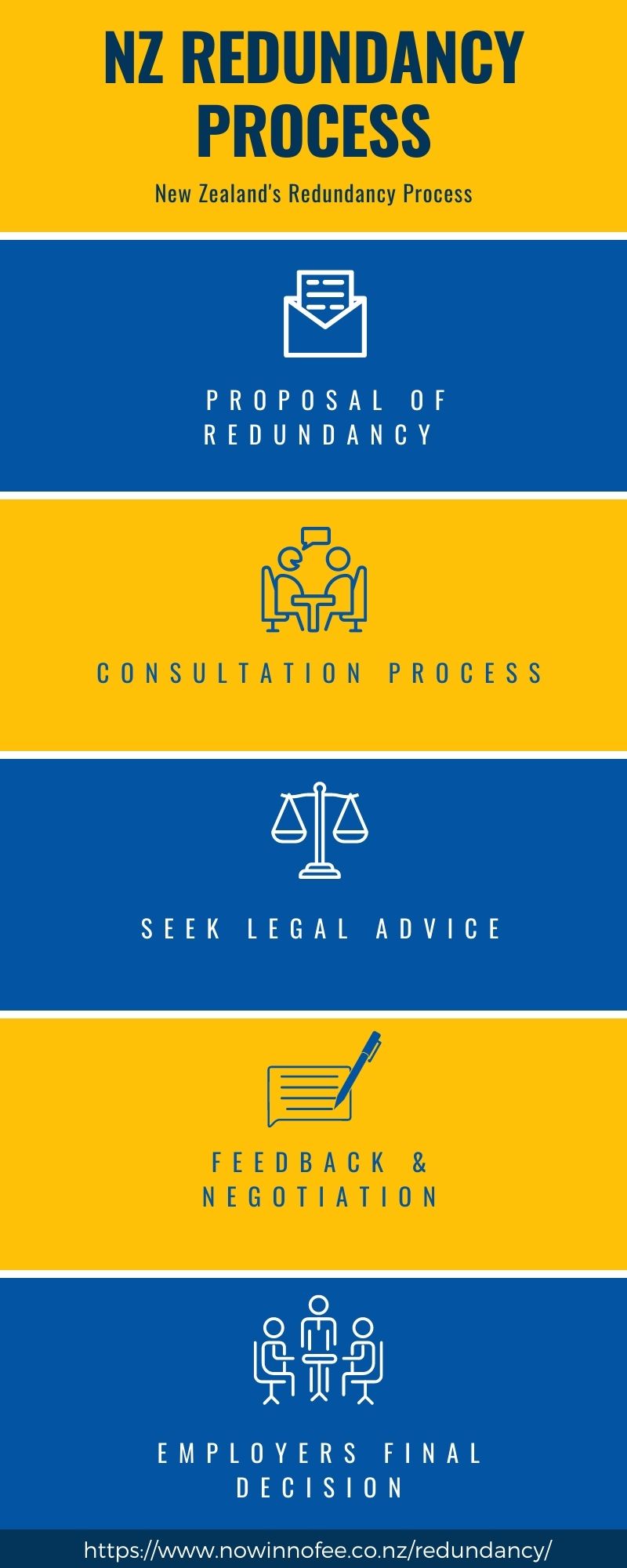Who Pays Redundancy Money? A Detailed Overview for Employers and Employees
Who Pays Redundancy Money? A Detailed Overview for Employers and Employees
Blog Article
Investigating the Interplay Between Company Redundancy and Organizational Versatility for Future Development
In the vibrant landscape of today's company world, the elaborate relationship in between firm redundancy and organizational adaptability arises as an essential variable for sustained development and success. Firms commonly encounter the obstacle of striking a delicate equilibrium in between maintaining a level of redundancy to alleviate threats and promoting versatility to respond promptly to the ever-evolving market demands.
Significance of Business Redundancy
Business redundancy is a critical component that improves organizational strength and alleviates operational dangers. By integrating redundancy measures within the organizational framework, business can much better stand up to unexpected disturbances and variations in business atmosphere. Redundancy works as a critical barrier, permitting companies to adapt and respond efficiently to unexpected difficulties without compromising important procedures.
One key aspect of the value of business redundancy is its function in guaranteeing continuity during times of crisis. When encountered with sudden changes or emergency situations, redundant systems, sources, or workers can action in to preserve critical features and avoid extensive disturbances. This continuity not only safeguards the firm's track record and client trust but additionally reduces economic losses and operational downtime.

Techniques for Business Flexibility

Creating versatile business frameworks that allow for quick adjustments to market dynamics and customer requirements is crucial for staying affordable in a quickly advancing setting. By proactively identifying prospective interruptions and possibilities, companies can proactively adjust and grow in an ever-changing service landscape.
Harmonizing Redundancy and Versatility
Attaining an unified stability between functional redundancy and business flexibility is vital in browsing the intricacies of a dynamic service environment. Striking the right balance between redundancy and adaptability is a delicate process that needs a deep understanding of the company's goals, industry characteristics, and risk tolerance.
To accomplish this balance, firms require to carry out regular analyses of their operations to recognize areas where redundancy is necessary for threat mitigation and where adaptability can drive technology and see this here growth. Carrying out adaptable frameworks, fostering a culture of continual knowing and renovation, and motivating open interaction across all degrees of the organization are vital methods to balance redundancy and flexibility effectively. By aligning these two critical aspects, companies can position themselves for lasting development and success in an ever-changing company landscape.
Study on Adjustment Success
In taking a look at circumstances of effective business adaptation, it ends up being evident that the interplay between operational redundancy and adaptability is a defining variable in forming resilient services. A DVD rental service, Netflix showed impressive flexibility by transitioning into a streaming platform when digitalization interrupted the sector. These situation researches emphasize the significance of operational redundancy paired with organizational adaptability in promoting long-lasting growth and competitiveness.
Building Strength for Future Development
Building durability for future growth calls for a calculated placement of operational processes with market dynamics and emerging fads. Business have to adapt to changing atmospheres by promoting a society of adaptability, development, and continuous renovation.
Additionally, promoting strong partnerships with stakeholders, such as customers, workers, suppliers, and the community, is check this site out crucial for keeping and weathering unpredictabilities count on and assistance during turbulent times. Efficient interaction and openness play a vital role in structure durability, as they assist line up assumptions and promote cooperation in navigating unpredictabilities.
Furthermore, companies require to prioritize learning and development efforts to upskill employees and equip them with the essential tools to adjust to altering conditions. By buying their labor force, business can boost their adaptability and dexterity, eventually enhancing their resilience for sustainable future development.
Final Thought

In the dynamic landscape of today's service globe, the complex connection in between company redundancy and business adaptability arises as a vital variable for sustained growth and success. Firms usually deal with the challenge of striking a delicate balance in between preserving a degree of redundancy to reduce threats and fostering flexibility to respond swiftly to the ever-evolving market demands.To achieve this balance, business need to conduct regular evaluations of their procedures to identify areas where redundancy is required for risk mitigation and where adaptability can drive advancement and development.In verdict, the interplay between business redundancy and business adaptability is crucial for future growth. Structure durability with a mix of redundancy and flexibility will certainly make certain that companies are prepared for the challenges of the future.
Report this page